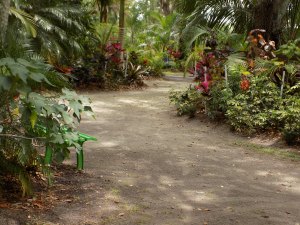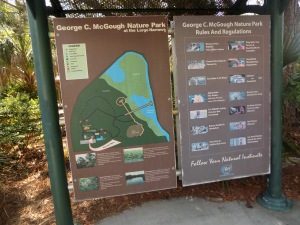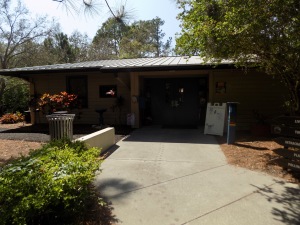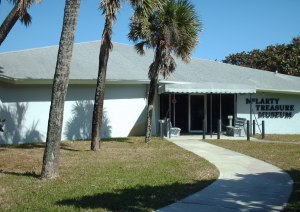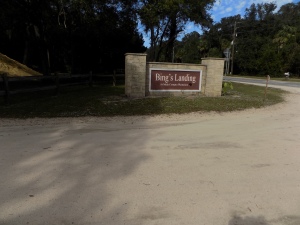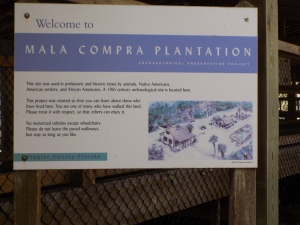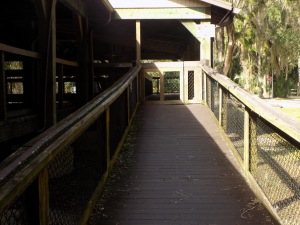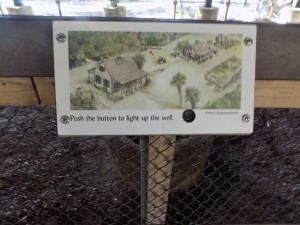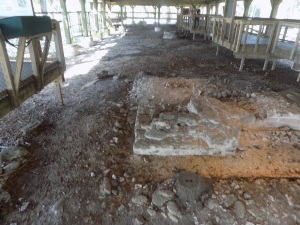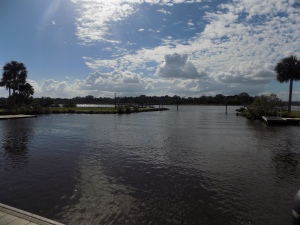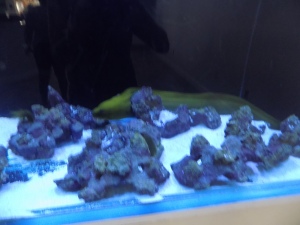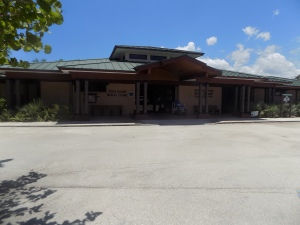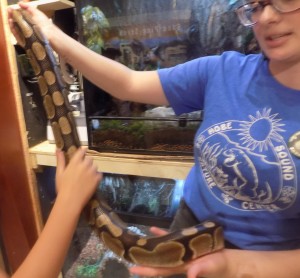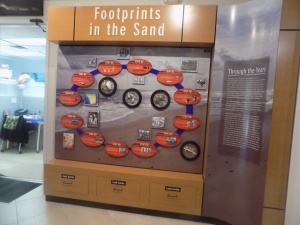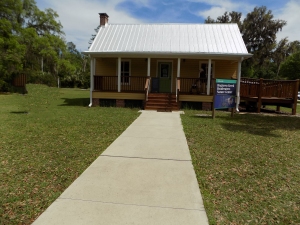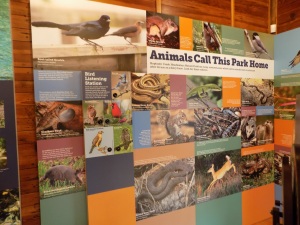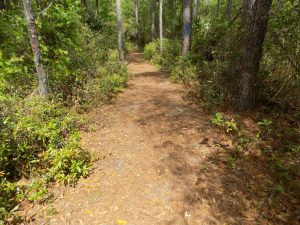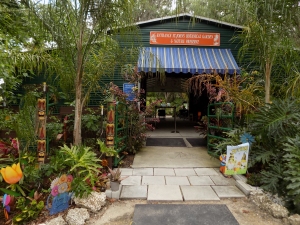 Conservation at the St. Johns Botanical Garden & nature preserve at 8310 County Road 13 South in Hastings is about preserving the species of plants from around the world as well as native plants.
Conservation at the St. Johns Botanical Garden & nature preserve at 8310 County Road 13 South in Hastings is about preserving the species of plants from around the world as well as native plants.
Pick up a map at the front of the park and enjoy the beauty of the plants that line the trails. Benches are placed throughout the garden. Sit on a bench and listen to the soothing sounds of a water fountain.
 The Saguaro Cactus native to Arizona is the largest cactus in the United States can weigh up to 4,800 pounds and can live up to two hundred years. Other varieties of cacti are planted in the surrounding area.
The Saguaro Cactus native to Arizona is the largest cactus in the United States can weigh up to 4,800 pounds and can live up to two hundred years. Other varieties of cacti are planted in the surrounding area.
 Hundreds of palms are found throughout the garden. Champagne Bottle Palm native to the Reunion Island in the Indian Ocean. The palm is a slow growing tree that reaches maturity at 10 feet.
Hundreds of palms are found throughout the garden. Champagne Bottle Palm native to the Reunion Island in the Indian Ocean. The palm is a slow growing tree that reaches maturity at 10 feet.
 Serdang Palm native to the Philippines grows to a height of fifty feet and used as an ornamental tree.
Serdang Palm native to the Philippines grows to a height of fifty feet and used as an ornamental tree.
 The Hurricane Palm native to the Reunion Island in the Indian Ocean. Given the name Hurricane Palm because of its ability to survive hurricane winds.
The Hurricane Palm native to the Reunion Island in the Indian Ocean. Given the name Hurricane Palm because of its ability to survive hurricane winds.
 Live Oak, also named the Southern Oak found in the garden. A fast-growing tree is said to be 300 or 400 years old. Acorns are the fruit of the tree.
Live Oak, also named the Southern Oak found in the garden. A fast-growing tree is said to be 300 or 400 years old. Acorns are the fruit of the tree.
Sit and relax in the Oasis Outpost while enjoying the beautiful surroundings. The outpost provides shade and different varieties of plants. Have a picnic in the designated picnic areas.
Spend the day visiting the botanical garden, nature preserve, and the wilderness area of the nature preserve. Hours of operation and admission prices are located on the website.
